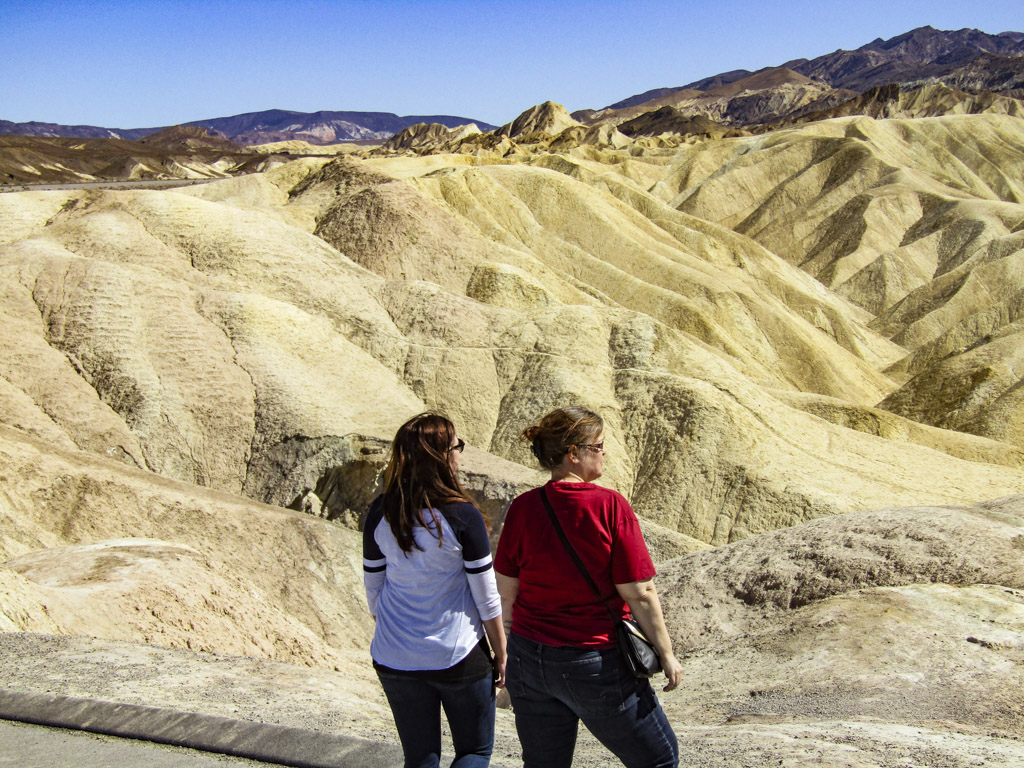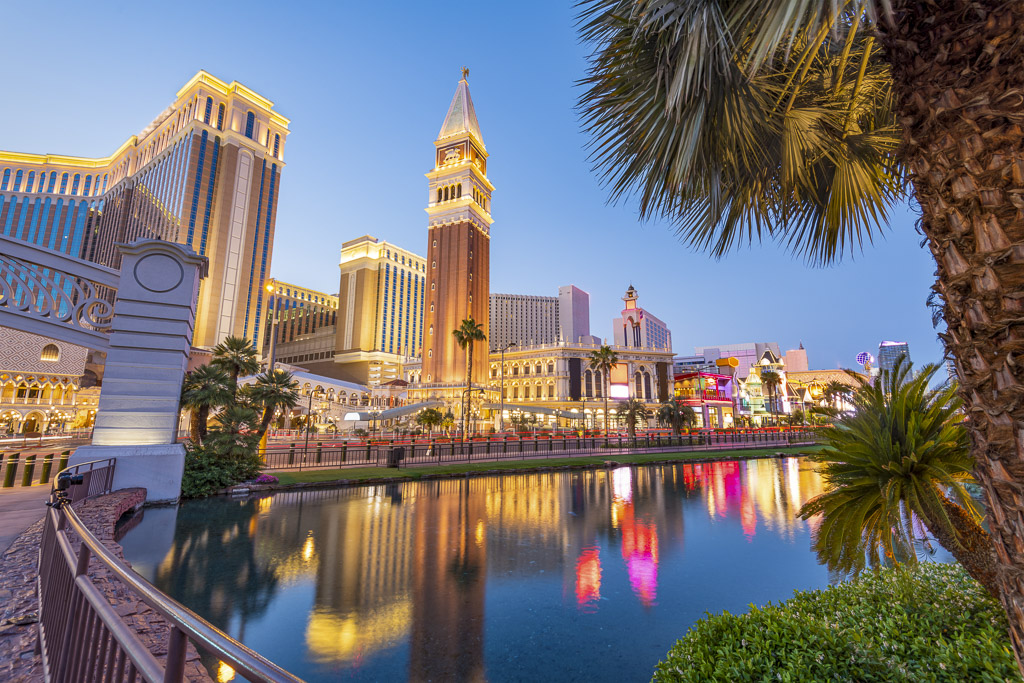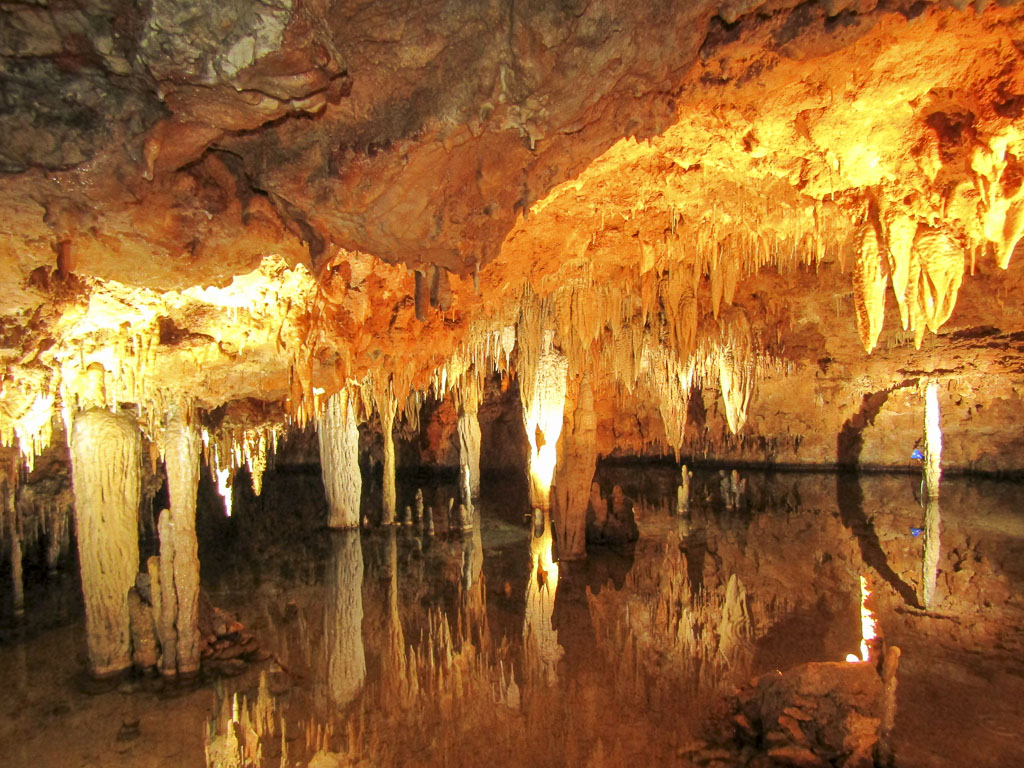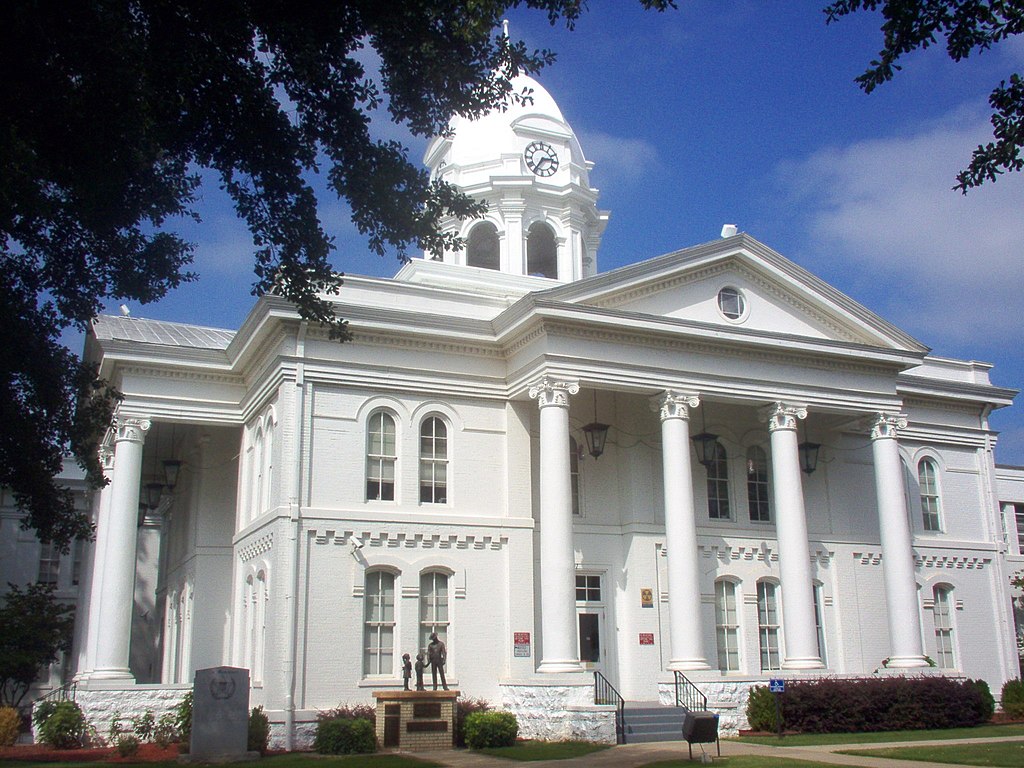When I was a kid, I have to tell you, the idea of going to Death Valley scared me a little bit. We all heard the stories. But perhaps in my case, these stories were exacerbated by the fact that my dad loved a good western movie. I grew up watching a whole lot of gunslinging through the desert movies, with rolling tumbleweeds and circling vultures. Somewhere among them, I learned that Death Valley was impossible to cross, and a place to avoid. Obviously people died there. Little did I know that I would grow up to visit Death Valley National Park, and fall in love!
The facts about Death Valley are as varied and sometimes as surreal as the myths and legends. Shoshone legends tell of a lush land that was transformed to because of the greed of a wicked queen, and Paiute legends speak of an ancient kingdom and underground cities. More recent myths have arisen including miles of catacombs, and untold riches in lost mines, such as Gunsight Mine. Intertwine those stories with the equally mythical but real life historical tales of the Lost 49ers, Scotty’s Castle, or even Charles Manson, and a sort of fantastical aura begins to hover around Death Valley.
But, all that aside, Death Valley is a unique and essential bio-system, not only in the United States, but in the world, and it is teeming with life in all shapes and sizes. Somehow, non-native animals such as burros, have found a way to survive alongside those that have always lived there. Humans have long been in the area, and natives found a way to live and even thrive in the valley for millenia. It is only the modern American history of the valley, and the quest for getting rich quick, that brings to Death Valley a sense of curiosity, and perhaps a sweet melancholy wonder as one passes the ruins of those who hoped to find a better life. But all of this adds to the imagination, and the mystery of Death Valley, the call to visit its colorful landscape, and the lingering wonder that stays with you upon leaving.
We believe that Death Valley National Park is one that everyone should visit at least once. Walk along the desert floor and find out if it speaks to you the way it has whispered to thousands before you. You may fall in love just as we did.
Yes, there are certainly dangers within the park. But the fact about Death Valley dangers is that today, most of them are brought about by bad choices and reckless behavior. You probably do not make bad choices, and you are probably not reckless. If you are a bit nervous, try a short trip, a day trip to Death Valley from Las Vegas, that gets you back to the comfort of the city by nightfall. Perhaps while you are there you will get absorbed in the stunning landscape, or one of the magical, unusual things to do in Death Valley, and forget about anything else.
Still wavering? We decided to put together this collection of 30 cool, curious and fun facts about Death Valley. We hope that among them, there is something that intrigues everyone, and encourages them to see Death Valley National Park, at least once.
Death Valley Facts
Including some cool, curious, and fun facts about Death Valley.

1. The Heat
Death Valley is the hottest, driest, and lowest point on the North American Continent, with Badwater Basin lying -282 feet to sea level. Temperatures average over 120F in summer months. It also has the hottest recorded temperature on earth, at 134 F (56.7 C), which was on July 10, 1913. It surpassed the hottest month in recorded history for any individual place in July of 2017, then beat its own record in July 2018! The average for the month was 108.1 Fahrenheit, or 42.3 Celsius.
2. The Drought
The area receives less than 5 cm of rain annually. That is 2 inches for the non-metric. There are years when not a single drop of rain falls in Death Valley, including 1929, 1953, and 1989.

3. The Flash Foods
Despite this, one of the surprising facts about Death Valley is that flood erosion that has created some of the most striking formations in the park. Although it rains seldom in the valley, snow is not uncommon on the surrounding mountains during cooler seasons, nor are occasional spring rains. There is little soil on the mountains, and rapid spring melts, as well as occasional rains, cannot absorb into the rocky surface. The water flows downward, with increasing force as the channels narrow, eroding as it goes. The Natural Bridge, and Mosaic Canyon are among several features formed by flash flooding.
4. The Size
Death Valley National Park is about 140 miles long, and ranges from 5 to 15 miles wide, or, 5,262 square miles. In acreage, the park is 3,373,000 acres, making it the largest national park in the lower 48 states. There are 4 larger national parks in Alaska.
5 The Elevation
The highest peak in the park is Telescope Peak, at 11,049 feet high, which stand only 15 miles from Badwater Basin, creating one of the continents steepest vertical rises. Mt. Whitney, the highest peak in the US, is only 76 miles from Badwater Basin, meaning the country’s highest and lowest elevations are less than 100 miles apart. From Badwater Basin, you can see the snow on top of Telescope Peak, well into early summer, and from the top of the mountains, you get a stunning view across the valley.

6. The Forming
The area was under the ocean millions of years ago, and fossils can still be found in the oldest exposed rock. A tectonic rift and a series of complicated geological reactions caused the uplift of the western United States, shifting the coastline ultimately to where it now lies. The movement of plates along fault lines continues. While a number of other results come from this movement, it also continues to raise the mountains surrounding the valley, thus deepening the rift.
7. The First People
The area has been inhabited for millennia, and in fact, artifacts and rock art indicate human presence for 10,000 years. Different native groups that have inhabited Death Valley include the Nevares Spring People, the Mesquite Flats People, and the Saratoga Spring People. The climate change drastically during the span of these groups, from one of comfortable marshlands, to a hotter climate more similar to today. The Saratogas are known to have left mysterious stone patterns in the valley, but archeologists have yet to discover their purpose.
Petroglyphs left by prehistoric people can still be seen in several locations, although that is not widely publicized for their protection. Whether these drawings were for communication, or if the human urge to immortalize oneself had already emerged is unknown. If you happen to hike through Echo Canyon, Cottonwood Canyon, or Titus Canyon, you may happen upon some. Perhaps you will understand their message..
8. The Timbisha Shoshone
The Timbisha Shoshone tribe have lived across the Mojave Desert for millennia, finding ways to live off the land and survive in the extremes of the desert. The Timbisha people migrated with the seasons, moving to the high elevations of the mountains as the temperatures grew, and moving back toward the valley as winter approached. This movement was driven by the ability to harvest the land at different altitudes at different times of year, rather than physical comfort. Portions of the Timbisha Shoshone tribal lands are located in what is now Death Valley National Park. The tribe now maintains a cultivation center at Furnace Creek, as well as a gift shop featuring tribal art and crafts.
9. Timbisha Legend
Like other cultures around the world, the Timbisha sought to explain the world around them through cultural legends. The Timbisha say that Death Valley was once a lush and fertile land. One day the queen learned of the wealth and luxurious ways of their neighbors to the south, the Aztecs. She directed her people to build her a palace that surpassed that of the Aztec. As time passed, she grew impatient, and soon had every citizen, including her family, slaving to build her palace. As her anger grew, she began lashing the workers, prodding them to move faster. Then, she lashed her own daughter for moving too slowly. The daughter turned to look at the queen, and cursed her and all of her land, before falling dead from exhaustion. From that moment forward, the sun was without mercy, drying up the land. All of the people left and the queen died alone. It is said at times her palace can be seen on the horizon, like a mirage.
10. The Name
The name Death Valley is relatively new, being coined during the 1849 gold rush. There was a rush of would be miners across the United States at the hopes of getting to the allegedly gold rich hills of California. At that time, once a claim was made, the particular parcel of land became the property of the lucky miner. People sought all means of getting their first, including what they hoped might be short cuts. One group now referred to as the Lost 49ers, strayed into the valley, and lost their way. They fought the elements, and their hunger and thirst for a gruesome two months. After burning their wagons, and using their oxen as food, they finally made their way out. One turned back to say “goodbye Death Valley,” and the name has stuck since.

11. The Other Names
Features in Death Valley are named for a variety of things. Many sites are named for the person who “discovered” them, or made them famous, such as Father Crowley’s Vista. Others are named for the topographical features in a relatively poetic manner: Golden Canyon; Badwater Basin; Artist’s Palette; Devil’s Cornfield. Others are named for the event that took place in the area, such as Stovepipe Wells, which was named after the only fresh water source in the area kept getting covered by sand, and a length of stovepipe was stuck into the ground to mark the water source. Some names though, such as Teakettle Junction, remain a mystery.

12. The Minerals
At least 189 different minerals compose the grounds of the parklands. This diversity of minerals is what creates the beautiful multi-colored mountains and badlands. Well known locations that exhibit this phenomenon include Artists Palette, and Zebrieski’s Point. It was these
minerals that attracted hopeful miners to the area for decades, hoping to find a way to get rich quick. In most cases the burdens and costs associated with both the mining and transport of the minerals to market would exceed the profits. Only borax mining would prove a profitable commercial enterprise, and commercial borax mining continued until 2005.

13. The Borax
Despite the difficulties associated with such a remote location and inhospitable climate, by the 1920s, Death Valley was the world’s largest supplier of borax. The term 20 Mule Team Borax was used for advertising, but the 20 Mule Team would become iconic, whether people realized it stemmed from Death Valley or not. Each 20 mule team consisted of 18 mules and 2 horses, pulling 10 ton capacity wagons at a rate of 3 miles per hour. The 310 mile round trip journey to the Mojave rail and back took 30 days to complete.
14. The Precious Metals
Dreams of getting rich quick brought miners in search of gold, silver, copper and even lead to the valley. Rumors of a strike drew people from far and wide, and entire cities were built up around the hopeful mines. Most fizzled out almost as quickly as they arose, as veins were quickly depleted. In some cases, they never even existed and the prospects were entirely a scam, such as in Leadville.
One example of a profitable gold strike was the Keane Wonder Mine, where the claim was staked in 1903. While only in full operation from 1907 to 1912 due to the lack of labor and water resources, the production of the mine included a mile long tramway capable of carrying out 70 tons of gold ore a day, during peak production. The remains of the mine were closed off to visitors for several years, for safety reasons. The National Park Service has covered over 50 mine openings, and replaced rotted and cracked pieces of the trams to stabilize the structures. Visitors can again make the hike to the Keane Wonder Mine ruins.

15. The Ghost Towns
Ghost towns and mine remnants are scattered throughout Death Valley, lending to the mystique of the park. Among the most popular are Rhyolite and Panamint City, which were once boom towns, with thousands of residents and supporting businesses. Lonely remnants of these towns bring a melancholy source of wonder to visitors from around the world. Other towns leave no trace except their name, and a historical record that says they were once there.
16. Becoming a Park
The draw to miners hoping to stake a new claim did not truly wain until Death Valley was named by President Herbert Hoover as a National Monument in 1930. This move prohibited new claims from being made, but it did not prevent those who already held a claim from performing mining operations. It would not be until more than 60 years later, in 1994, when Death Valley would finally be named a National Park.
17. Death Valley in the Movies
Miners are not the only ones who have been drawn to Death Valley. Since the 1920s, producers and directors have come to capture the desert scenery on film. It is one of the fun Death Valley facts that over 50 movies and television episodes have been filmed within the park grounds, including the original Spartacus, The Gunslinger, The Doors, and the original Star Wars series. National Park status restricts the availability of parklands for film production, due to the restrictions on national parklands being used for commercial purposes. Star Wars scenes filmed in Death Valley include several different locations throughout the park, which replicated Luke’s desert home world of Tatooine, particularly in the earlier movies. The second batch of movies featured a Tatooine filmed in the Tunisian desert, being filmed after Death Valley had taken on National Park status.

18. The Good and the Bad Intentions
The parklands have also drawn others for a variety of reasons. Perhaps the most notorious may be those who are seeking the remote location to remove themselves from the grid, and be lost to the world around them, whatever their reasons may be. Those reasons were all nefarious for Charles Manson. The Barker Ranch, on remote western portion of the park was the Manson family hideout, and the location where authorities apprehended him for crimes completely unrelated to the Tate murders.
Others have come to the desert for the therapeutic qualities of the dry heat and the hot springs. Others believed that someday their ventures would draw others to follow, while a few even sought only to create their own little paradise living in a world of their own creation. Perhaps this is the story behind such almost whimsical places as Scotty’s Castle, or the Armagosa Opera House, which continue to be a curiosity.

19. The Water
One of the facts about Death Valley that you may find hard to believe is that there are over 600 springs and ponds in Death Valley National Park, although few of them contain fresh water. Some flow throughout the year, but others evaporate down to small pools during the hot summer months. Most never completely dry up though, which is related to the dense mineral content, such as Badwater Pool, and Salt Creek.
Hot springs are common, and the pool at Furnace Creek resort is filled with natural hot springs water. Saline Springs offer a place to soak in a more natural environment, with clothing optional. Cities around the park also feature hot springs among their attractions, such as Teacopa Springs, or Shoshone.
There are also several waterfalls, which appear only with spring melts in the surrounding mountains. The exception is Darwin Falls on the far west of the park near Panamint Springs, which is surrounded by willows and cottonwood trees, and flows all year round.

20. The Animals
Death Valley is the home to a diverse variety of animal species. Ranging from amphibians to mammals, with all classes represented. Those most commonly spotted often include roadrunners, lizards, squirrels and jack rabbits, as well as an occasional burro. Reptiles are quite plentiful, including geckos, chuckwallas, lizards and snakes, although it often takes keen eyesight to spot them, while amphibians are sparse, with only 4 species found. Mammals have the broadest spread of animals in the park, since many birds are transitory.
Endangered species include the Armagosa toad, the Southwestern Willow Flycatcher, the Desert Tortoise, and the Devil’s Hole Pupfish. Bats and mice have the largest number of species in the park. The largest hoofed animal in the park is the bighorn sheep, which can be found at any elevation but are seen more commonly in the mountains. The largest predators are bobcats and mountain lions.
Speaking of the Devil’s Hole pupfish, fish species are limited to 5, and all are varieties of pupfish, which are each unique to their location. When the ocean waters that once filled the valley finally dried, the pupfish which were all part of one family became isolated in these 5 different locations. Ultimately, that led to the development of genetic variations. Each of these species, quite literally, lives only in a single spring throughout the world.

21. The Plants
One of the Death Valley facts that surprise people is that there are over 1,000 species of plants that live in the National Park, and the vertical range of the park is so extensive that there are 9 distinct vegetation zones. The valley floor is sparse, with creosote bushes being one of the dominant species, with a taproot that can grow up to 40 feet to pull water from the land. Spring rains are known to bring a burst of spring wildflowers. Heavy rains in 2015 brought a rare super-bloom in 2016. Cacti and other succulents grow from the 400 feet elevation to the 3,000 feet range, in a variety of shapes. Fully grown Joshua Trees can be seen in the Lee Flats area. On the mountains subalpine limber pines and bristlecone pines can be found in abundance.

One of the strangest plant phenomenon in the park is the Devil’s Cornfield. It has often been a source of wonder. However, the particular pant responsible for the cornfield is the Arrowweed plant, one that is actually common throughout the southwest, but it is typically found along streams and riversides. Somehow, the plant has survived in this area that was a marshland thousands of years ago. The harsh growing conditions that have resulted in the Arrowweed adapting and growing as it does, as individual bushes with a raised root base.

22. The Unesco Recognition
Death Valley National Park is part of the Mojave and Colorado Desert International Biosphere Reserve designated by Unesco. This is an international recognition for locations of ecological importance that are dedicated to protecting and supporting the biological and cultural diversity of the native area. The area is one of only 29 Biosphere Reserves in the United States. Two other International Biosphere Reserves that we have written about are Mammoth Cave National Park, Redwoods National Park and Yellowstone National Park.
23. Dark Skies
One of my favorite facts about Death Valley: it is also a Gold Tier International Dark Sky Park, as recognized by the International Dark Sky Association. “An IDA International Dark Sky Park (IDSP) is a land possessing an exceptional or distinguished quality of starry nights and a nocturnal environment that is specifically protected for its scientific, natural, educational, cultural heritage, and/or public enjoyment.” It is one of the 40 best places in the United States to observe the nighttime sky in it’s pre-electricity glory. Other Dark Sky Parks we have written about include Grand Canyon National Park.
24. Mysteries
We live in an era when science finds an explanation for almost every natural phenomenon. The curiosities of Death Valley that have caused observers to walk away filled with wonder eventually break down to a simple set of principles. Take the sailing stones of Playa Racetrack. The stones travel great lengths across the desert floor, leaving a trail behind them. No one had ever witnessed them in motion, yet the trail is clear. For long years the stones were a mystery. While they are still fascinating to see, they are now another odd fact about Death Valley. Thawing ice shifts and pushes the stones across the land.
It is only when the human element enters the picture that there are true mysteries in Death Valley. Why did Albert Johnson give Walter Scott the funds to build a castle in the midst of Death Valley. Why did Mart Becket believe that an opera house would draw crowds in the midst of the desert? Why did travelers start leaving tea kettles at a junction in the backcountry? Perhaps like me, they fell in love with Death Valley, but they decided not to leave. The mysteries live on…

25. Visiting Death Valley
Over a million people visit Death Valley National Park each year. The Death Valley fact is, YOU should be one of them!
Any Death Valley Facts that Intrigue You?
We hope something in our long list hast interested you, perhaps piqued your interest to do a bit more research about Death Valley, or may even inspired you to add the National Park to your future travels.
We would love to add one more fact about Death Valley: You fell in love with Death Valley.
Pin this, and share these interesting Death Valley facts with your friends.



You know me, Roxanna Keyes, sometimes referred to as FoxyRoxyK, the founder of Gypsy With a Day Job. I was 50 before I really began to experience all the world has to offer. I really don’t want you to wait so long! That is why we share so many stories about so many amazing destinations. We want to help you plan the trips of your dreams, and make your budget. Be sure to check out our destinations pages, to find the places you want to go. You can plan some amazing trips, with LOTS of things to do. If our stories don’t give you the info that you need, let us know. We will try to get it for you! Help us out and share our stories when you can.






2 thoughts on “25 Intriguing Facts About Death Valley”
Absolutely fascinating thank you. We went a couple of years ago and are hoping to travel in the opposite direction on our next trip.